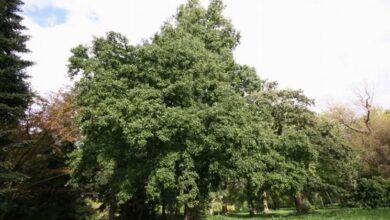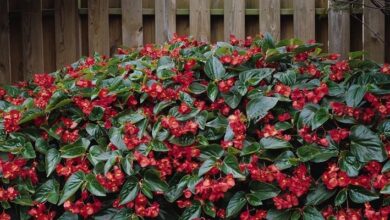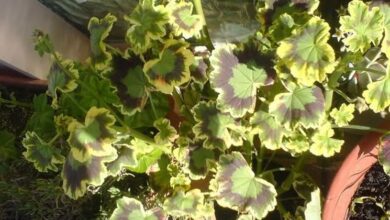Pleion orchids
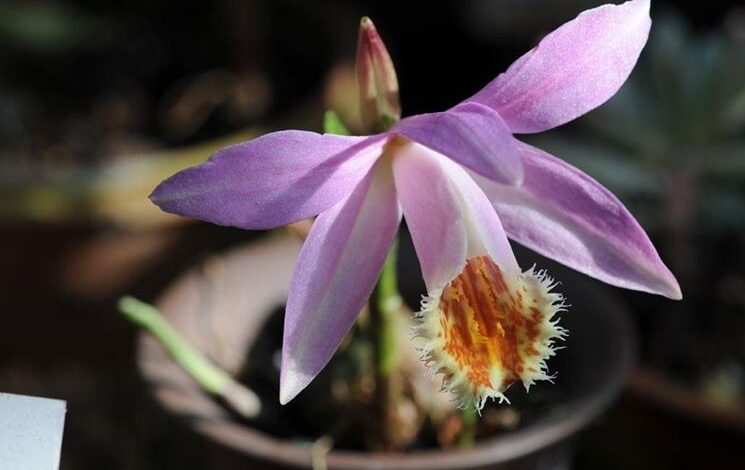
Pleion orchids
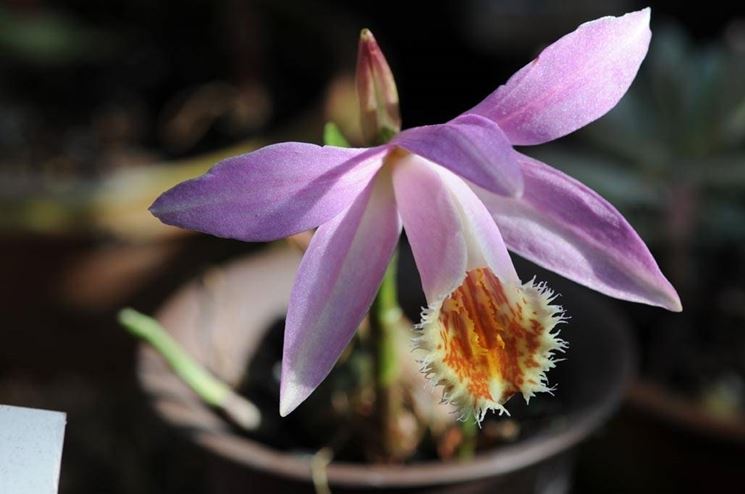
Cultivation
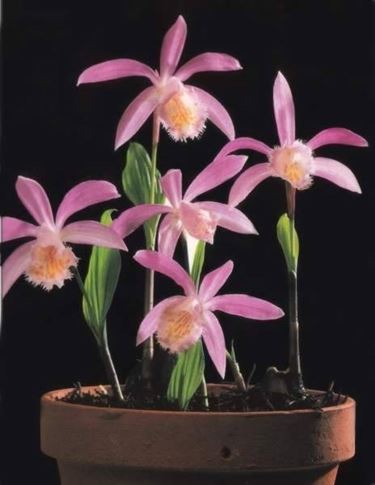
Apparently, these orchids, compared to the others, are not difficult to grow plants. There are three important things to guarantee to these plants: the first is heat and humidity during growth periods; the second is cold and drought during the periods of vegetative rest and the third and last thing is to ensure excellent ventilation so that the plant is able to overcome both excessive heat and winter frosts. The ideal temperatures for these orchids are around 5 ° C during the coldest periods and around 25 ° C during the day and 15 ° C at night during the hottest periods. The pleione, in late spring, like to be exposed in bright positions but do not like to be exposed to direct sunlight (the plant could get burned). Brightness and ventilation are a perfect combination to strengthen the plant and help it survive periods of high temperatures. The flowering of pleione orchids occurs during the spring period even if there are some species that stand out, they bloom during the autumn period. For the exceptional species that bloom during the autumn, their development cycle does not undergo any variation. The difference is that they will have a shorter vegetative rest period than the others.
Soil and repotting
The ideal soil for growing pleione orchids is a soil that guarantees good drainage and good air circulation. The solution could be a compound of two parts of bark and one debris or two parts of fine bark, one part of perlite and three parts of mud. As for repotting, the ideal would be to avoid it as long as possible. These types of orchids do not like to be disturbed but, in case you cannot do without, the pseudobulbs should be taken, cleaned from the earth and stored in a cool place. At the time of planting, several must be placed in the same pot, they are small plants. For the choice of the vase it is advisable to buy a vase that is not too big and deep compared to the previous one. Remember that before placing the plants in the new pot, it,
Watering and fertilizer
Watering must «follow» the development cycle of our plants. Initially, in the spring, they should be watered in moderation, taking care not to favor the formation of rot in the root system. As we will see that the roots grow and with them also the leaves, from that moment it is possible to increase the watering. In the period of late summer, or when the leaves begin to turn yellow, watering must be decreased until it is suspended in the autumn / winter period. If we know that the water in our area is very calcareous, the advice is to water the plants with rain or distilled water. As far as fertilization is concerned, the pleione orchids should be fertilized only during the growth periods, that is, during the spring and summer period. To help the plant in the vegetative recovery phase, it is advisable to administer a fertilizer with a higher quantity of nitrogen following the formula 30:10:10 (30 parts of nitrogen, 10 of phosphorus and 10 of potassium). During the flowering period, on the other hand, fertilizer with a smaller amount of Nitrogen and a greater amount of Potassium should be administered. The formula to follow is 10:10:20. The fertilizer to be used must be a liquid fertilizer to be diluted in the water used for watering. Before administering the fertilizer, remember to moisten the soil and, after 4 – 5 fertilizations, it is advisable to water the soil with absolute water in order to avoid the concentration of mineral salts. 10 (30 parts of Nitrogen, 10 of Phosphorus and 10 of Potassium). During the flowering period, on the other hand, fertilizer with a smaller amount of Nitrogen and a greater amount of Potassium should be administered. The formula to follow is 10:10:20. The fertilizer to be used must be a liquid fertilizer to be diluted in the water used for watering. Before administering the fertilizer, remember to moisten the soil and, after 4 – 5 fertilizations, it is advisable to water the soil with absolute water in order to avoid the concentration of mineral salts. 10 (30 parts of Nitrogen, 10 of Phosphorus and 10 of Potassium). During the flowering period, on the other hand, fertilizer with a smaller amount of Nitrogen and a greater amount of Potassium should be administered. The formula to follow is 10:10:20. The fertilizer to be used must be a liquid fertilizer to be diluted in the water used for watering. Before administering the fertilizer, remember to moisten the soil and, after 4 – 5 fertilizations, it is advisable to water the soil with absolute water in order to avoid the concentration of mineral salts. The fertilizer to be used must be a liquid fertilizer to be diluted in the water used for watering. Before administering the fertilizer, remember to moisten the soil and, after 4 – 5 fertilizations, it is advisable to water the soil with absolute water in order to avoid the concentration of mineral salts. The fertilizer to be used must be a liquid fertilizer to be diluted in the water used for watering. Before administering the fertilizer, remember to moisten the soil and, after 4 – 5 fertilizations, it is advisable to water the soil with absolute water in order to avoid the concentration of mineral salts.

